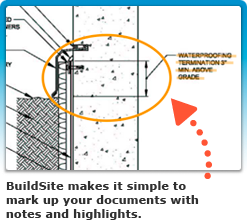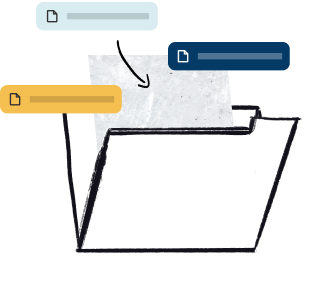Abstract
This specification covers the physical requirements and testing of three types of lap cement for use with asphalt roll roofing. Type I is a brushing consistency lap cement intended for use in the exposed-nailing method of roll roofing application, and contains no mineral or other stabilizers. This type is further divided into two grades, as follows: Grade 1, which is made with an air-blown asphalt; and Grade 2, which is made with a vacuum-reduced or steam-refined asphalt. Both Types II and III, on the other hand, are heavy brushing or light troweling consistency lap cement intended for use in the concealed-nailing method of roll roofing application, only that Type II cement contains a quantity of short-fibered asbestos, while Type III cement contains a quantity of mineral or other stabilizers, or both, but contains no asbestos. The lap cements shall be sampled for testing, and shall adhere to specified values of the following properties: water content; distillation (total distillate at given temperatures); softening point of residue; solubility in trichloroethylene; and strength at indicated age.
This abstract is a brief summary of the referenced standard. It is informational only and not an official part of the standard; the full text of the standard itself must be referred to for its use and application. ASTM does not give any warranty express or implied or make any representation that the contents of this abstract are accurate, complete or up to date.
1. Scope
1.1 This specification covers lap cement consisting of asphalt dissolved in a volatile petroleum solvent with or without mineral or other stabilizers, or both, for use with roll roofing.
1.2 The values stated in SI units are to be regarded as the standard. The values given in parentheses are for information only.
1.3 The following precautionary caveat applies only to the test method portion, Section 5, of this specification. This standard does not purport to address all of the safety concerns, if any, associated with its use. It is the responsibility of the user of this standard to establish appropriate safety and health practices and determine the applicability of regulatory limitations prior to use.
Reproduced, with permission, from the ASTM International website, copyright ASTM International, 100 Barr Harbor Drive, West Conshohocken, PA 19428. To purchase the complete standard, go to http://www.astm.org/.



